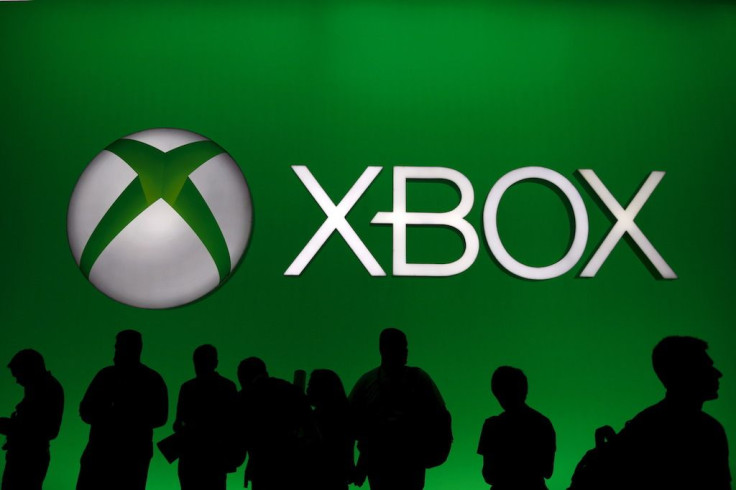Microsoft's Upcoming Xbox Scarlett Could 'Eat Monsters For Breakfast' With Its Power

KEY POINTS
- Microsoft's next-gen gaming consoles will "eat monsters for breakfast," Kareem Choudhry says
- This is because of their computing power and other specs and features
- There will be two models, the more powerful of which will target 12 teraflops of computing power
Microsoft is preparing the most powerful gaming consoles that could be considered beasts thanks to their computing power, a report says. Why is that?
Sony and Microsoft are both working on next-gen gaming consoles meant to give players a more immersive gaming experience. Microsoft's upcoming consoles, collectively called Xbox Scarlett, promise to deliver an experience that's never been seen before in video games.
Windows Central reported that according to its reliable sources, the two Xbox Scarlett consoles, dubbed “Anaconda” and “Lockhart,” both possess computing power that makes current-gen systems like the Xbox One X and Xbox One S look weak. Xbox Cloud architect Kareem Choudhry did say that Scarlett “could eat monsters for breakfast” during the reveal, and he does have some basis for it.
According to sources, Anaconda, which is believed to be the more powerful of the two, is targeting around 12 teraflops of computing power. Lockhart, on the other hand, is believed to target around 4 teraflops of power. In order to see just how powerful that is, readers have to understand what a teraflop is.
The word “teraflop” comes from “FLOP,” which means “floating-point of operations per second.” A teraflop, or “TFLOP,” is a trillion FLOPs, which is a very large number. Forbes pointed out that this is best understood with this analogy: if each FLOP was a mile, 12 TFLOPS – which is Anaconda's targeted computing power – is about 65,000 round trips to the sun, and back to earth, per second.
While that's really huge, it's important to note that TFLOPs aren't the only metrics to use measuring a gaming console's power and performance. People will have to look at other specs and features like RAM and storage processing speeds. Windows Central's sources said Microsoft had that in mind and is planning on putting 13GB of RAM for games, and at least 3GB of RAM for the operating system.
Furthermore, Microsoft also used an NVMe SSD, which significantly reduces load times and also acts as virtual RAM for the device.
On the other hand, Lockhart, which targets around 4 TFLOPs of power, might be a bit weaker than the Xbox One X in terms of computing power, but it is expected to feature other specs that will enable it to perform better than the current-gen console.
© Copyright IBTimes 2025. All rights reserved.




















